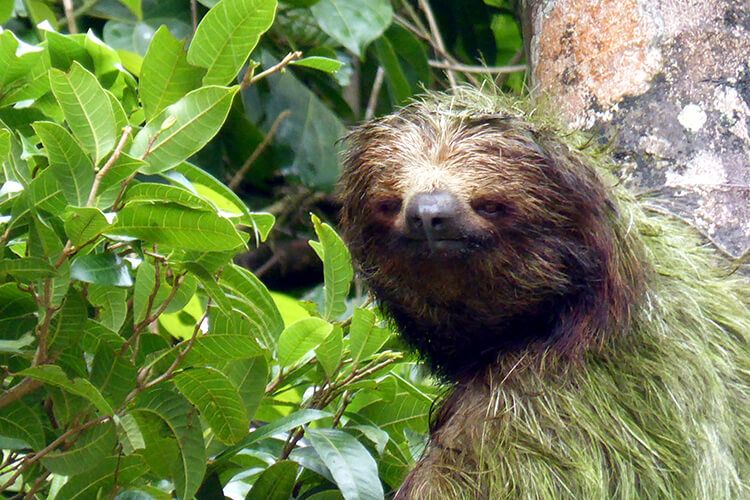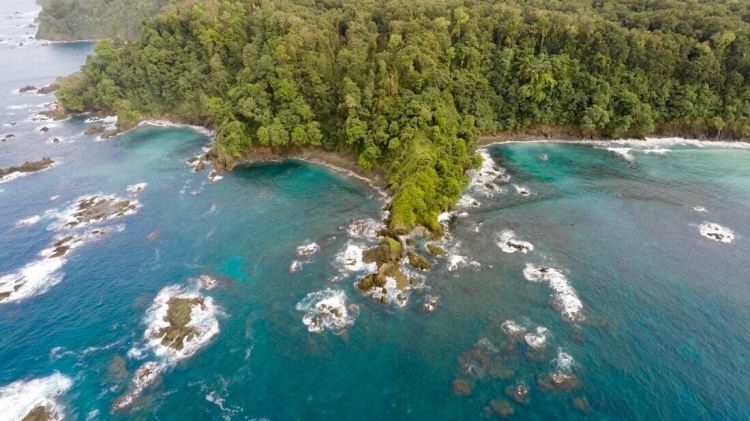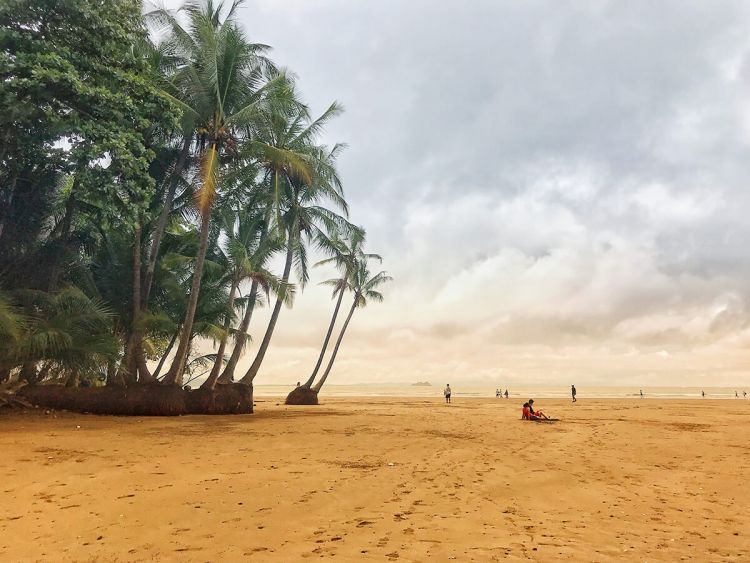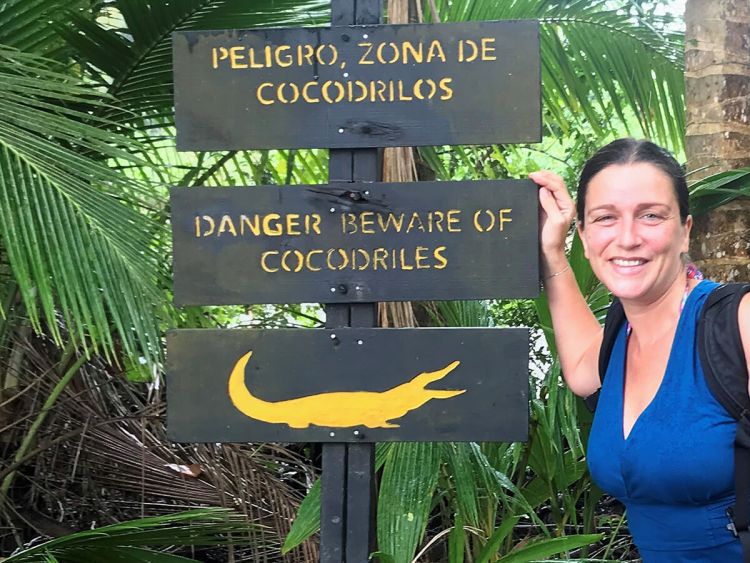Five alternatives for Manuel Antonio National Park
Wed, 09/04/2019 - 10:00 -
If you are planning on traveling to Costa Rica, you are bound to see promotion for Manuel Antonio National Park everywhere. Most travel brochures offer itineraries which will lead you to this small, expensive and overrun by the crowds National Park. And fair is fair: Manuel Antonio has some beautiful beaches, but…you will not be alone: the sound of the ocean is drowned out by noisy kids and stereo radio’s.
On top of that you risk that monkeys will steal your stuff. This may sound like fun but it is in fact really sad. Some tourists lure the monkeys with chips and unhealthy snacks in order to make a picture with the animals, touching them with hands full of sun tan lotion and mosquito spray. Sometimes the monkeys even disappear with a spray can full of poison into the tree tops and worst case scenario the animal is very sick or has died before the tourist gets back home from his experience in Costa Rica. For their own safety wild animals should never be touched, fed or made used to humans. That is why YŪGEN tours likes to give Manuel Antonio National Park a bit of rest so that fauna and flora can recover from mass tourism.
There are many gorgeous and pristine beaches in Costa Rica, about 30 National Parks and several bio-reserves. Even if you have four weeks to travel around in this beautiful country, you will need to make choices on where to go and what to leave out of your itinerary. YŪGEN likes to help you out by putting the spotlights on some more responsible places to visit in the South Pacific region, which are at least just as pretty, if not prettier. Of course, we can also recommend other beaches and nature reserves in other parts of the country if you like, but our top 5 for this region are:
1. Corcovado National Park
National Geographic called Corcovado National Park “one of the most biologically intense places on earth in terms of biodiversity”, as it hosts 13 different types of ecosystems in such close proximity supporting an abundance of stunning wildlife. The 105 000 acre park is widely considered the “crown jewel” in Costa Rica’s extensive system of national parks and biological reserves. It also contains one of the few remaining coastal, virgin, lowland rain forests in existence. There are 2 ranger stations from which you can start your visit. This impressive place and its unique inhabitants are very well protected: there is only a certain amount of visitors allowed per day and it is mandatory to go on a guided hike. Therefor it is recommended to reserve your spot in advance. On top of that you can also go on a snorkeling or diving trip near the uninhabited island Isla del Caño. Often you will see dolphins, manta rays, or at times even a Killer whale on your way there.
2. Terraba – Sierpe National Wetlands:
This area is an entrance gate to Corcovado National Park, a vast region consisting of mangroves, interspersed by the Terraba and Sierpe rivers. Here, you will find a great variety of birds, iguanas, sloths, and so many more. Sharks have their breeding nests around the estuaries. To archeologists it is an interesting region as artifacts from precolombian times have been found here. The mangroves offer protection and food for countless animals. Hire a local guide and discover many hidden secrets or take the boat and travel to Corcovado National Park along these mangroves.
3. Marino Ballena National Park
This area was declared a National Park in 1990. As its name suggests, you can go whale watching from here. Humpback whales hang around along the coast from August until October. Do note that October is the month with the most rainfall in this region. But also here, nature only stops where the beach begins. At low tide a large strip of sand appears in the shape of a whale tail. This allows you to walk a long way into the ocean and to take photos in which you apparently walk on water.
Marino Ballena National Park
4. Piedras Blancas National Park
An off the beaten track jewel where colorful macaws fly through the sky, jaguars sneak through the lush jungle, humpback whales swim in front of the most beautiful beaches and waterfalls come thundering down. For bird lovers this is a true paradise within paradise, considered by many to be the best place to spot birds. The park plays a major role in the protection of Costa Rica’s impressive fauna and flora.
5. Carara National Park and the Tarcoles river
Just like Manuel Antonio, this is a small, often visited National Park. Nevertheless, it is certainly worth a visit. In addition to the presence of macaws, threatened with extinction, you can also spot the famous Quetzal, monkeys, snakes, crocodiles and agoutis. It is easily accessible even with small children. You can opt for a short trail or a longer, more adventurous hike. Although not mandatory, we recommend taking a local guide with you. The density of the canopy makes it difficult to spot animals and birds. With an experienced guide you get to see so much more, and you support the local population with it. Of course, a stop at "Crocodile Bridge" should not be missed either. There are a number of very large specimens hanging out there.
If you would like to know more about National Parks in other regions of Costa Rica, or you would like us to help creating your customized travel plan, reserving accommodations and activities, then please contact hello@yugentours.com. We regularly spent time discovering new gems in Costa Rica and are happy to help put together a logical route, full of activities that you think are fun, and within your budget.
Share your smile, go yugenstyle!
Iris














Comments
Do you have any questions or suggestions? Leave a message in the box below.